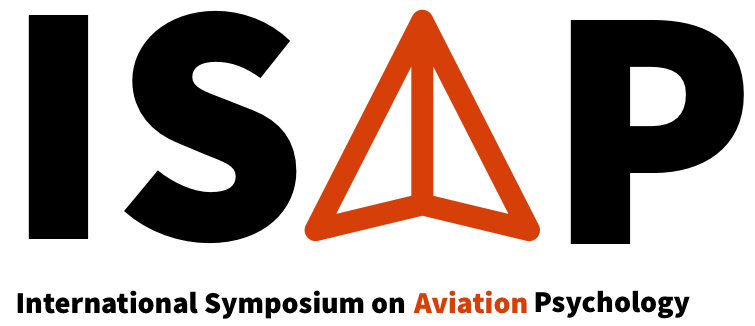
Spoken Presentation
(2021 specifics coming soon, please check back)
Prior to the Symposium
The Session Chair will contact all the session participants for brief biographical information. At that time, the Session Chair will also make known the detailed logistics (such as timing, Q&A and speakers transition) to the speakers. Speakers who have requested additional equipment or have special needs are to let their Session Chair know at this point as well.
Speaker Timing
Further information to be determined.
At the Meeting
Each meeting room is equipped with a computer, projector, and video and audio cables. Please note that the projector has a widescreen format. Connections will be provided for projectors on-site. You could also use your own computer for your presentation.
NOTE: Speakers who bring their presentation on a USB flash drive should make a copy of the presentation on the resident computer prior to the start of the session.
NOTE: Speakers who bring their own computers should connect their computers to the projector prior to the start of the session; please bring an appropriate adapter.
For what it is worth.
A team of Canadian doctors decided to study boredom by counting the nodding-off episodes per lecture (NOELs) and assessed the associated risk factors. The results revealed a median of 16 NOELs per 100 and that speaker characteristics were the strongest risk factors. A monotonous tone was most strongly associated with NOELs, followed by the sight of a tweed jacket on the lecturer. Interestingly, some intrinsically boring talks (those with obscure topics, few data, absent of analyses) had unexpectedly low NOELs. This was attributed to the bizarreness factors such as wandering off to inspect the screen, dropping the microphone or just raving. Side bets on when the speaker’s prefatory comments would end and the actual topic of the lecture addressed also was found to keep the attendees awake.
Rockwood, K., Hogan, D. B., & Patterson, C. J. (2004). Incidence of and risk factors for nodding off at scientific sessions. Canadian Medical Association Journal, 171, 1443-1445.
Poster Presentation
(2021 specifics coming soon, please check back)
General Information
A poster presentation should be self-explanatory, allowing different viewers to proceed on their own while the author is free to discuss particular points raised in inquiry. The poster session offers a more interactive forum for information exchange than does the spoken presentation.
Poster Dimensions
Further information to be determined.
Poster Number
Further information to be determined. Please note that there will be a number assigned to your poster. The number will indicate your poster location.
Poster Preparation
Title
Prepare a banner for the top of your poster indicating the title, author(s), and affiliation(s). Lettering in the title should be at least 1 in (2.54 cm) high.
Illustrations
Figures should be designed to be viewed from a distance (5 ft to 10 ft or 2.4 m to 4.7 m), and should use clear, visible graphics. Although each figure should illustrate no more than one or two major points, figures need not be simple. The main points should be clear without extended viewing, but detail can be included for the knowledgeable viewer.
Each figure or table should have a heading of one or two lines in large type stating the “take-home” message. Detailed information should be provided in a caption below the figure in smaller type. Because there is no text accompanying a poster, the figure caption should contain commentary that would normally appear in the body (Results and Discussion) of a paper. It should describe concisely not only the content of the figure but also the conclusions derived from it.
Layout
Arrange materials in columns rather than in rows. It is easier for viewers to scan a poster by moving systematically along it rather than by zigzagging back and forth in front of it. An introduction should be placed at the upper left and a conclusion at the lower right.
You may find it convenient to have a separate section describing methods, but it is quite effective to include this information as part of the data presentation. Carefully chosen photographs of apparatus, or schematic diagrams of procedures, can convey a great deal of information about methods without much text. Most viewers will tend to skim or ignore long textual passages.
At The Meeting
General
Further information to be determined. The presenting author should be at the poster board during the poster session.
It is suggested that the presenting author bring a one-page handout conveying the essence of the poster and a means for interested parties to contact the presenter. It is sometimes difficult to visit every poster of interest, providing a handout is one way of maximizing the audience for the poster and facilitating information exchange.
Mounting the Poster
Further information to be determined. Dismount your poster at the conclusion of your poster session.
Please do not write on the poster boards. Note that projection equipment and electrical outlets are not available in the poster session area.
